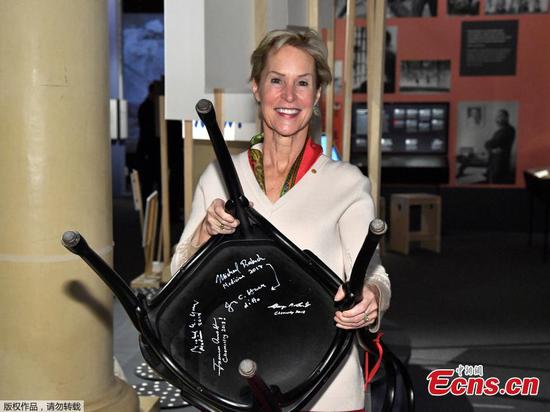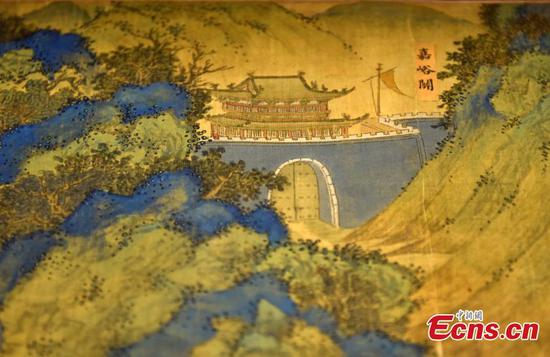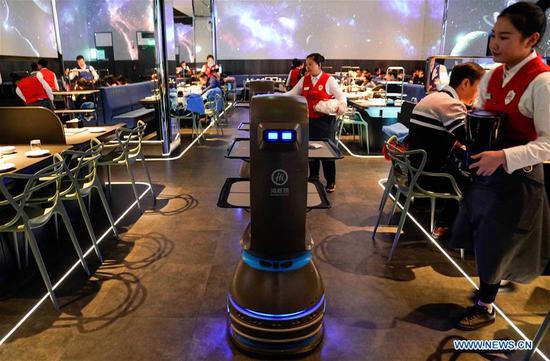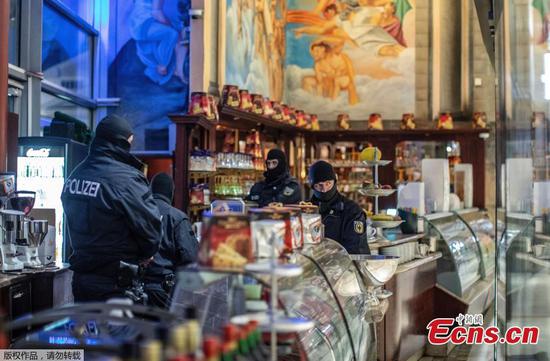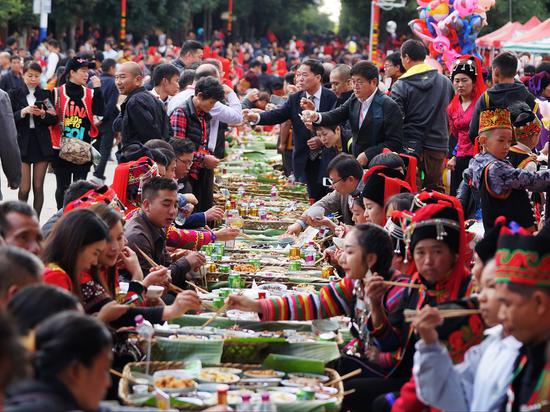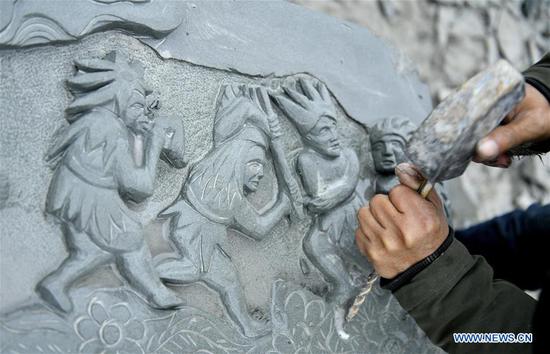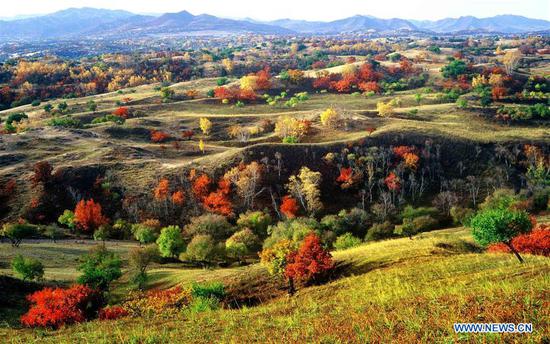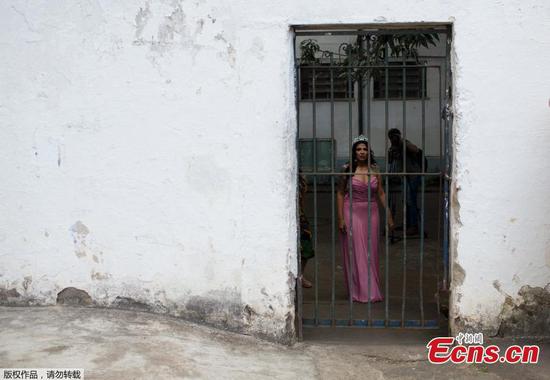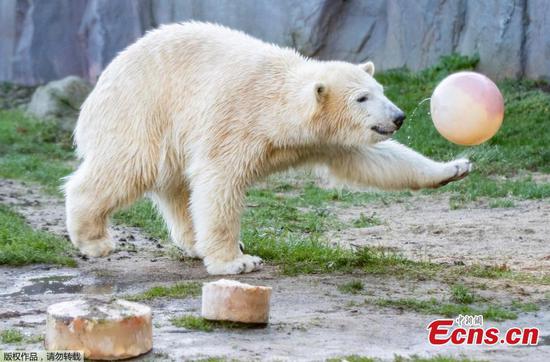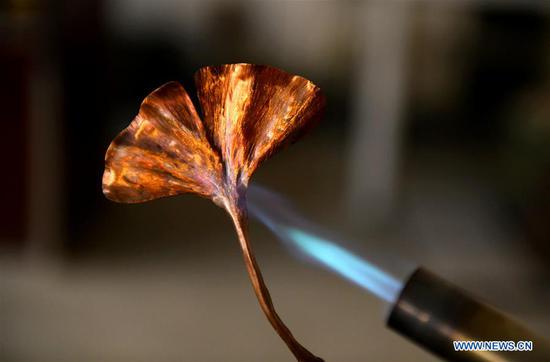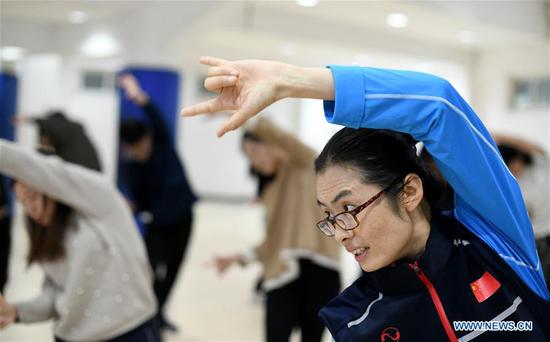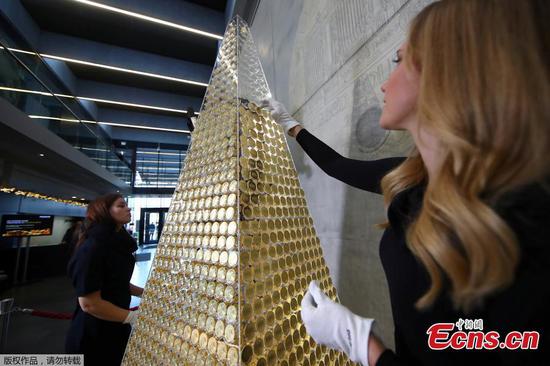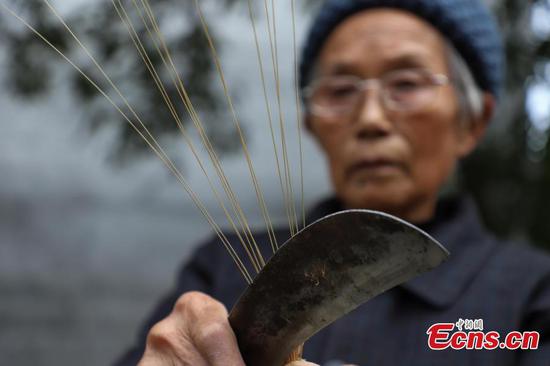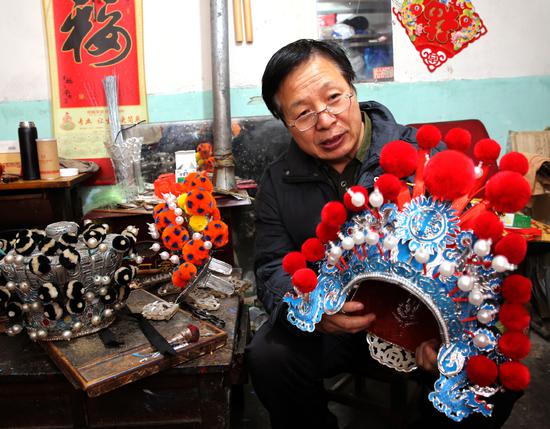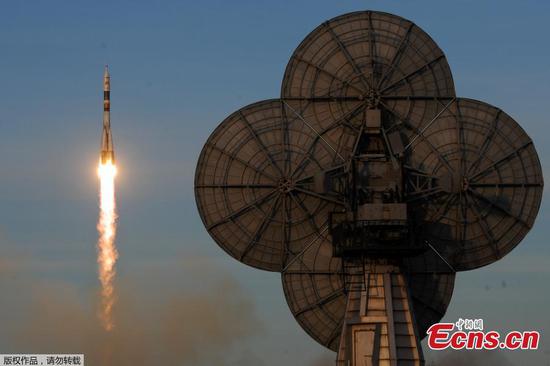
A worker from Henan Province at the Huaxi Textile Factory is one of 25,000 migrants employed in the village. (XU CONGJUN/FOR CHINA DAILY)
Turning point
Most of the older generation in the village have Wu Renbao to thank for leading them out of poverty and into better homes with the wages to afford cars in the 1980s and '90s, when most of them took jobs at steel factories, thermal power plants and fiber businesses.
In 1988, Huaxi became the first village in Jiangsu to be named a "100 million yuan village". Just three years later, it had more than 20 enterprises with business worth 500 million yuan.
Such progress was partly due to neighboring Shanghai. Wu Xie'en said, "From 1978, we invited groups of engineers and technicians from Shanghai to train us at weekends with industrial development and technical skills.
"The weekend engineers' training course was a turning point, helping us to build up Huaxi's industrial base and broaden our horizons."
Led by Wu Xie'en, Jiangsu Huaxi Group's financial unit, V-capital, was launched in Shanghai in August 2015. With registered capital of 2 billion yuan, V-capital was managing 10 billion yuan in assets last year. V-capital has invested in CATL and Hero Entertainment, both unicorn enterprises (startups whose valuation has exceeded $1 billion).
Ten heavily polluting and inefficient steel plants have been closed in Huaxi since 2004, reducing 1.5 million metric tons of steel and iron capacity, or one-third of output.
"Dismantling 'blocks and walls' is crucial in our thinking to make further progress," Wu Xie'en said. "We have changed our methods and ways, but the path and beliefs remain the same."
Huaxi spread its wings to Africa in 2015 by investing in mining in Mozambique, and also the semiconductor sector in the United States.
By investing in a research team at Stanford University and in Gyrfalcon Technology in Silicon Valley in the US, V-capital has enabled Huaxi to hit the fast track to industrial upgrading and transformation.
A laser chips project based at the Wujin high-tech park in Changzhou, Jiangsu, is expected to start mass production next year, entering a market estimated to be worth 500 billion yuan.
Zhang Jianping, director of the Center for Regional Economic Cooperation affiliated to the Ministry of Commerce, said, "The Sunan pattern needs to progress and transform in the new era, and locals know they can't rest on past achievements.
"It's good to see the Sunan pattern seeking new growth points and an innovative development model and path."
With talent being the most important resource for future development, some professionals were sent to the US for short-term training, while others experienced weeklong "life experience" visits to the most underdeveloped areas in Qinghai and Guizhou provinces and the Xinjiang Uygur autonomous region.
He Luwei, the senior accountant, was among the first batch of 26 sent to Chuandong village, Kaiyang county, Guizhou, in October 2013.
"The trip allowed me to embrace disruptive thinking. Some of the pains and suffering I had complained about in the past were just imaginary illnesses," he said.
Chen Feng, 38, who graduated from Xi'an Jiaotong University in Shaanxi Province, is now deputy head of the rice business in Huaxi's modern agriculture sector, and married to a local. Huaxi invested in the Asahi Noyu Farm in Japan to learn the techniques to grow high-quality rice and to learn about advanced farming.









